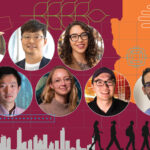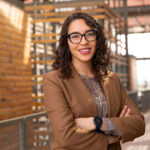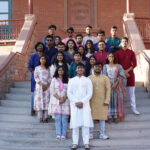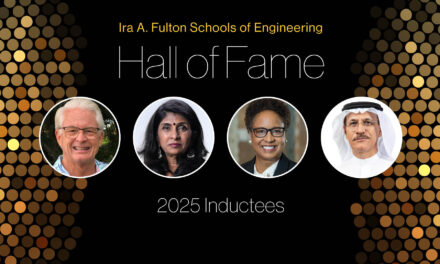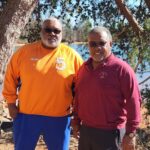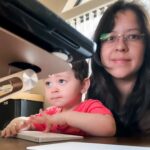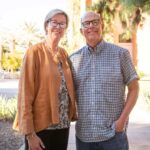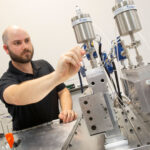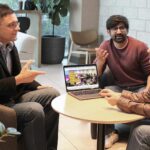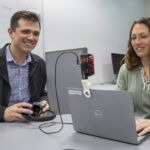
Building ‘teaching and learning communities’ is key to improving education
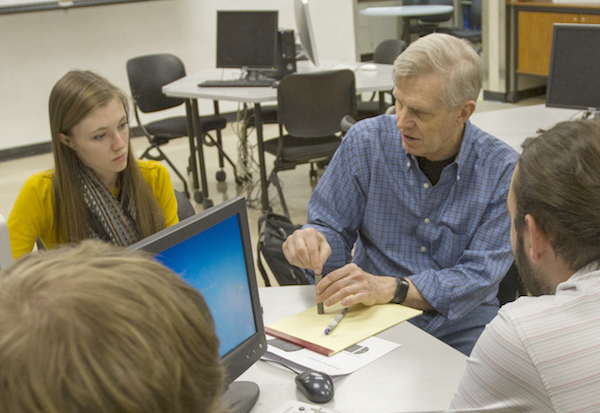
American Founding Father Benjamin Franklin expressed in characteristically concise and pithy fashion his view on effective education: “Tell me and I forget. Teach me and I remember. Involve me and I learn.”
The statement could serve as an abbreviated description of Arizona State University Professor Stephen Krause’s goal in his work to develop and implement teaching and learning practices that engage and motivate teachers and students alike.
“It is a no-brainer,” Krause says, that engaged and motivated students and teachers are essential to successful education. The big challenge is to come up with ways to effectively instill new attitudes and approaches necessary to ensure engagement and motivation can be achieved and sustained.
Krause teaches materials science and engineering in ASU’s Ira A. Fulton Schools of Engineering, and for the past eight years has also been designing and refining an approach to education called Just-in-Time-Teaching with Interactive Frequent Formative Feedback.
That has meant providing a variety of meticulously detailed strategies and techniques aimed at realizing Ben Franklin’s educational ideal. It has also involved establishing evidence that results of using this method can be rigorously analyzed and objectively evaluated to gauge its success or expose any need to alter the blueprints.
Teaching students how to learn
The project has shown enough promise that the National Science Foundation recently awarded Krause a $1.5 million grant to expand the endeavor. In the next three years, he will work with more than 80 ASU engineering faculty members to put the Just-in-Time Teaching approach into action.
They are to be trained in how to establish productive “communication channels” between themselves and students, something that requires teachers to transition “from being the sage on the stage to being the guide on the side,” Krause explained. “It is about teaching teachers not just how to teach certain subject matter but how to teach students how to learn it.”
This requires knowing how to foster collaborative learning in the classroom, creating an environment in which students teach each other with guidance from the faculty member.
“The class becomes more than a transfer of technical knowledge from professor to students. It becomes a social activity that evolves into a learning community, and it’s this kind of cooperative environment that is motivating to students and teachers,” Krause says.
Seeing the relevance of classroom lessons
The social connectedness and collaborative spirit also extends to the relationships among teachers who will work to institute the change in approach.
For the project to be successful, “faculty support for each other is a big thing,” Krause says. “They have to talk to each other about issues and problems that come up, and work together on solutions.”
The overriding objective is not only to develop camaraderie that enhances teaching and learning. The foremost focus is on communicating to students the relevance of their classes.
“In all the equations, calculations, formulas, data, graphs, charts and the stuff in the textbooks, students must be made to see the possibilities of things they can get excited about doing,” Krause says. “They need to understand the social impact engineering and science can have and be able to envision their future being a part of it.”
The new style of teaching and learning emphasizes enabling students to frequently put to use the technical knowledge they’re being given in the classroom.
Teachers would encourage students to explore how they might be able to contribute valuable things to the world by using what they’re learning in class.
“Engaging in hands-on activities generates the kind of thinking you use in engineering design, and that is where motivation sets in and real learning happens,” Krause says.
Evaluating effectiveness of teaching methods
The project will include regular and stringent evaluations to determine if the new method is producing intended results.
How well faculty members adapt to the new approach will be assessed through classroom observations by graduate student researchers and through faculty surveys about changes in their motivation, attitude and social connectedness to other faculty members involved in the project.
In addition, an automated web-based system will give students the opportunity to provide feedback on their classes and how effectively they think teachers are boosting student learning.
Evaluations will also assess changes in students’ attitudes and motivation, and measure how the changes affect students’ persistence in completing courses.
These performance assessments will be used as a basis for formulating steps to improve course content, teaching techniques and materials.
Expecting significant progress
Krause says there is no getting around the fact that learning engineering and science is difficult, and that the demands of mastering the disciplines will always lead some students to abandon the pursuit. But he thinks the Just-in-Time-Teaching approach can help keep more students from dropping out of even the tougher courses.
His confidence is bolstered by studies of the outcomes of two classes at ASU and two at other universities that have employed Just-in-Time-Teaching strategies. Few students dropped out of the courses and their grades were notably higher than is typical for most classes. Grades for poor performance and failing grades dropped by half from what had been normal for those courses. Retention rates in the classes jumped from about 80 percent to 95 percent.
With the teaching and learning framework he has developed, Krause says, “I think we can hope to achieve similar success at ASU. I believe we can successfully scale it up, not just to involve more faculty in engineering but to transfer it into teaching in other disciplines.”
Project will be team effort
Helping him attempt to achieve that goal is a team of co-principal investigators for the project.
Fulton Schools faculty members on the team are James Middleton, a professor of mechanical and aerospace engineering, Keith Hjelmstad, a professor of civil, environmental and sustainable engineering, and biomedical engineering lecturer Casey Ankeny.
Others ASU faculty involved are Robert Culbertson, an associate professor of physics in the College of Liberal Arts and Science, along with associate professor Eugene Judson and assistant professor Ying-Chih Chen, who teach and do research on science education in the Mary Lou Fulton Teachers College.
“Having this team of colleagues to work with has been critical to developing the project,” Krause says. “The range and depth of their expertise in what it takes to truly educate students is what made it possible to put together a comprehensive, high-quality proposal that was able to earn the support of the National Science Foundation.”
Media Contact
Joe Kullman, [email protected]
480-965-8122
Ira A. Fulton Schools of Engineering




